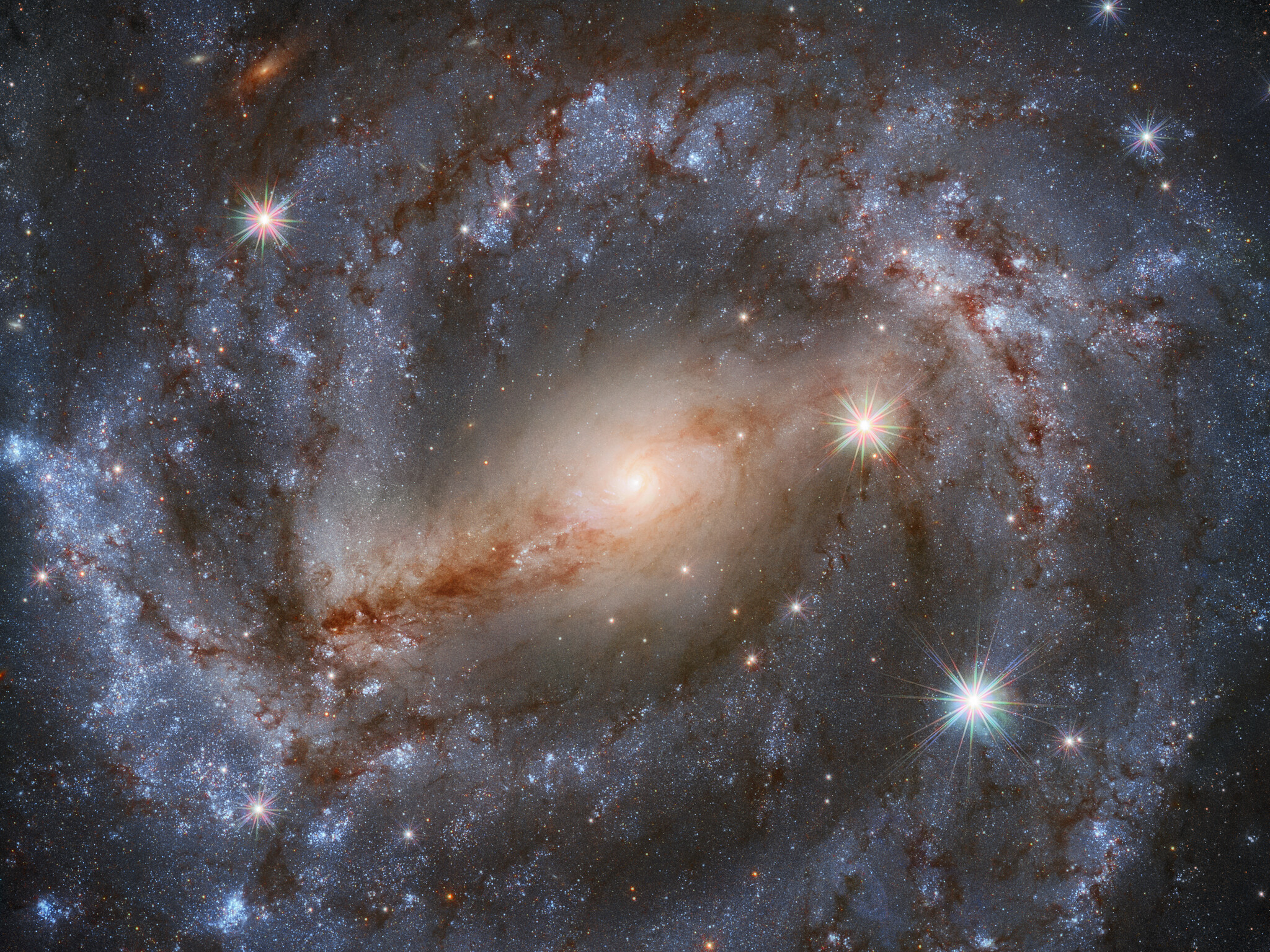Physicist Eric Hedin writes:
The idea of advanced life on planets beyond Earth and our solar system has become so popularized through blockbuster movies and the genre of science fiction that one can almost forget that the existence of such life has never actually been established. Quite the contrary. There is no scientifically valid evidence of life outside of planet Earth. And not for lack of trying.

People have spent tens of millions of dollars over several decades looking for (or listening for) some signal from an alien culture in a distant star system. Something that undoubtedly propels this ongoing search is an estimate of the expected number of intelligent alien races in our galaxy, as given by the so-called Drake equation. Astronomer Frank Drake proposed this mathematical estimate for the likelihood of extraterrestrial life in 1961. His equation attempted to take into account factors that Drake supposed were necessary for the existence of advanced life.
In its modern form, presented in most introductory astronomy texts, the Drake equation for the number of communicating civilizations in the galaxy is given by the product of six factors: 1) the number of stars in our galaxy, 2) the fraction of stars that have planets, 3) the number of planets in each system that exist in the habitable zone (at the right distance from their parent star so that the planet has liquid water), 4) the fraction of suitable planets on which life begins, 5) the fraction of those planets on which life evolves to intelligence, and 6) the fraction of a star’s life during which the life there is communicative (presumably via radio, or perhaps laser pulses).
We can estimate that about 200 billion stars exist in our galaxy, and it’s likely that 1/10th to ½ of them have planets, and at least 1% of those planets should lie within the habitable zone.[i] So far, this is just astronomy research.
However, estimating the values of the latter three parameters in the Drake equation is a much dicier affair. What’s astounding is that reputable astronomy texts will state, for example, that life begins naturally on anywhere from 1% to 100% of all suitable planets, and evolves to intelligence with the same probability.[ii]
That’s not merely wild guesswork; it’s wild guesswork that ignores much of what astrobiologists have discovered about the cosmos in recent decades. The Drake equation ignores multitudes of factors that cumulatively downgrade any realistic estimate of hearing from E.T., at least if we must depend on purely natural process for evolving alien life.
Combine this factor with others we’ve discussed, such as the need to have the right kind of star, avoiding binary star systems, getting the right kind of planet at the right distance from its host star, and combine those with various other constraints we haven’t yet discussed, and it’s becoming increasingly clear that truly habitable planets are likely to be exceedingly rare among the stars in our galaxy. It may even be that, due to the growing list of requirements for long term habitability, there is only one habitable planet in our galaxy, ours.[iii]
Excerpt from Canceled Science: What Some Atheists Don’t Want You to See, by Eric Hedin (Discovery Institute Press, Seattle, 2021), ch. 7.
[i] Bennett, Donahue, Schneider, and Voit, The Cosmic Perspective (2014), 442-443.
[ii] Bennett, Donahue, Schneider, and Voit, The Cosmic Perspective (2014), 443.
[iii] Ross, The Creator and the Cosmos (2011), 195-196.